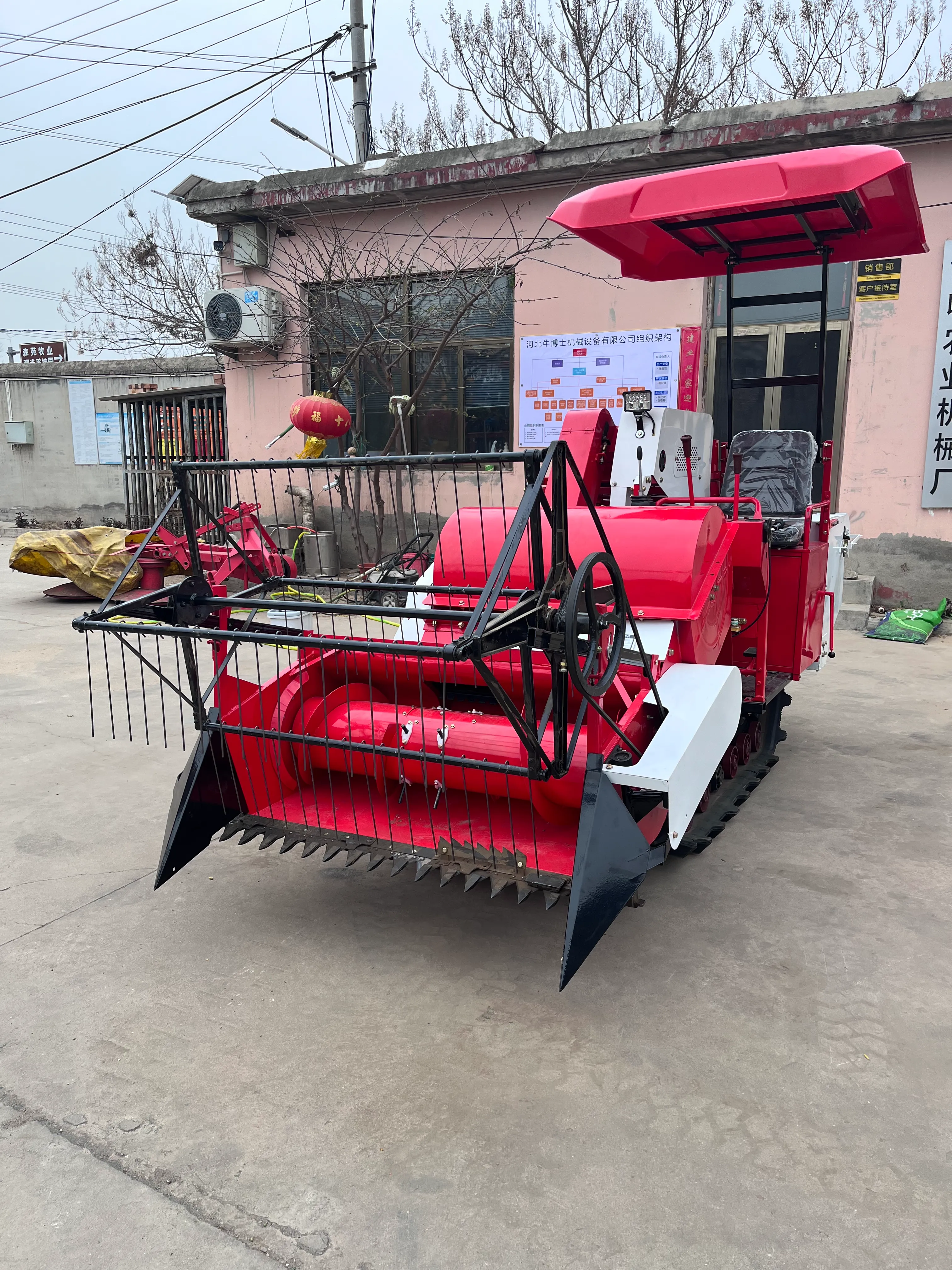Evaluating the Cost of Self-Propelled Reapers and Their Impact on Agricultural Efficiency
The Economic Dynamics of Self-Propelled Reapers Pricing and Market Trends
In the ever-evolving landscape of agricultural equipment, self-propelled reapers have emerged as a significant innovation. These machines, designed to mechanize the harvesting process, offer numerous advantages over traditional methods, including increased efficiency, reduced labor costs, and improved crop yield. With the increasing demand for efficient farming practices, understanding the pricing dynamics of self-propelled reapers is crucial for both producers and agricultural businesses.
What is a Self-Propelled Reaper?
Self-propelled reapers are advanced agricultural machines that can harvest crops independently. Unlike manual reaping, which is labor-intensive and time-consuming, these machines are equipped with cutting mechanisms and conveyance systems that optimize the harvesting process. They are particularly advantageous in large-scale farming operations, where maximizing productivity is essential. The emergence of self-propelled technology revolutionized how farmers approach harvesting, making it possible to cover vast fields in significantly less time.
Factors Influencing Self-Propelled Reaper Prices
The price of self-propelled reapers varies widely based on several factors
1. Brand and Model Renowned manufacturers often command higher prices due to their reliability, technology integration, and warranty offers. Models with advanced features, such as GPS navigation and automated systems, also tend to be priced higher.
2. Capacity and Specifications The size and capacity of the reaper play a crucial role in its pricing. Larger machines that can handle heavy volumes of crops or more extensive field operations usually have a premium price tag.
self propelled reaper price

3. Technological Features The integration of modern technology, including precision agriculture capabilities, climate adaptation features, and ease of maintenance options, increases the overall cost of self-propelled reapers. These technologies provide significant long-term savings by enhancing efficiency and reducing operational downtime.
4. Market Demand and Supply Economic conditions, including the global demand for agricultural products, significantly affect machinery prices. In times of high demand, prices tend to increase, whereas a surplus in supply may lead to competitive pricing and discounts.
5. Economic Indicators Inflation rates, currency fluctuations, and rural economic conditions also impact pricing. For instance, changes in fuel prices can directly influence the operating costs of these machines, thus affecting their retail price.
Current Market Trends
As of 2023, the market for self-propelled reapers has been witnessing a considerable growth trend. The integration of automation and artificial intelligence in farming equipment is pushing the demand upwards. Farmers are increasingly willing to invest in these machines due to their potential for significant return on investment through increased efficiency and reduced labor costs.
Moreover, the rise in organic farming and sustainable practices is also affecting the types of reapers being produced and sold. Manufacturers are focusing on creating machines that are not only efficient but also environmentally friendly, which includes options for electric or hybrid self-propelled reapers.
Conclusion
The pricing of self-propelled reapers is a multifaceted issue influenced by various factors ranging from technological advancements to market dynamics. As the agricultural sector continues to modernize, understanding these price dynamics will be crucial for farmers seeking to stay competitive. By investing in self-propelled reapers, agricultural producers can enhance their operations and contribute towards a more sustainable and efficient agricultural future. Thus, recognizing the value of these machines in the broader context of agricultural economics is essential for strategic decision-making within the industry.
Latest news
-
When to Upgrade Your Old Forage HarvesterNewsJun.05,2025
-
One Forage Harvester for All Your NeedsNewsJun.05,2025
-
Mastering the Grass Reaper MachineNewsJun.05,2025
-
How Small Farms Make Full Use of Wheat ReaperNewsJun.05,2025
-
Harvesting Wheat the Easy Way: Use a Mini Tractor ReaperNewsJun.05,2025
-
Growing Demand for the Mini Tractor Reaper in AsiaNewsJun.05,2025







